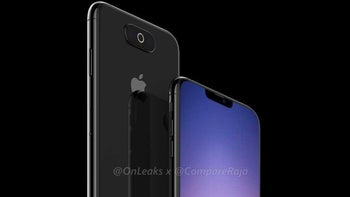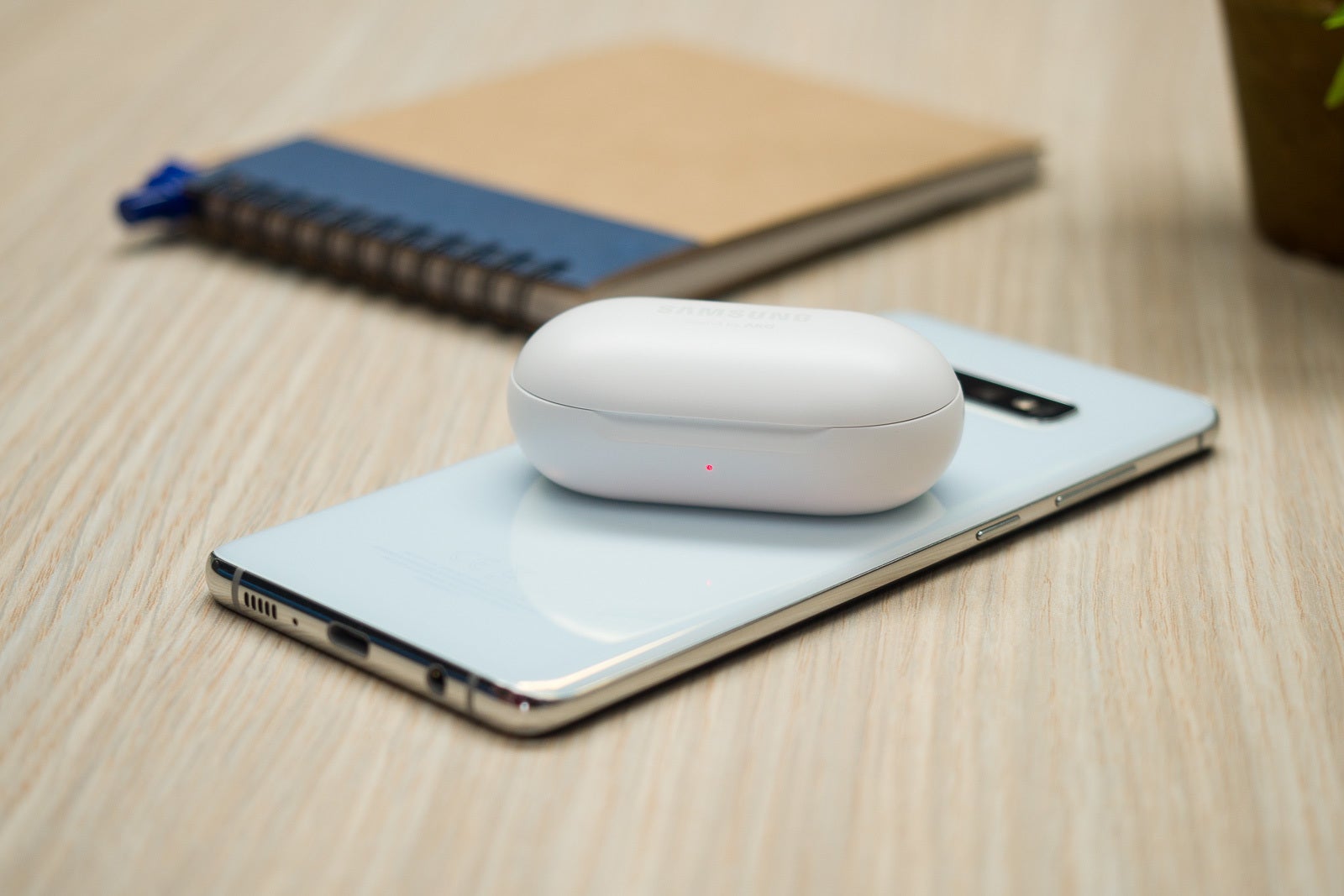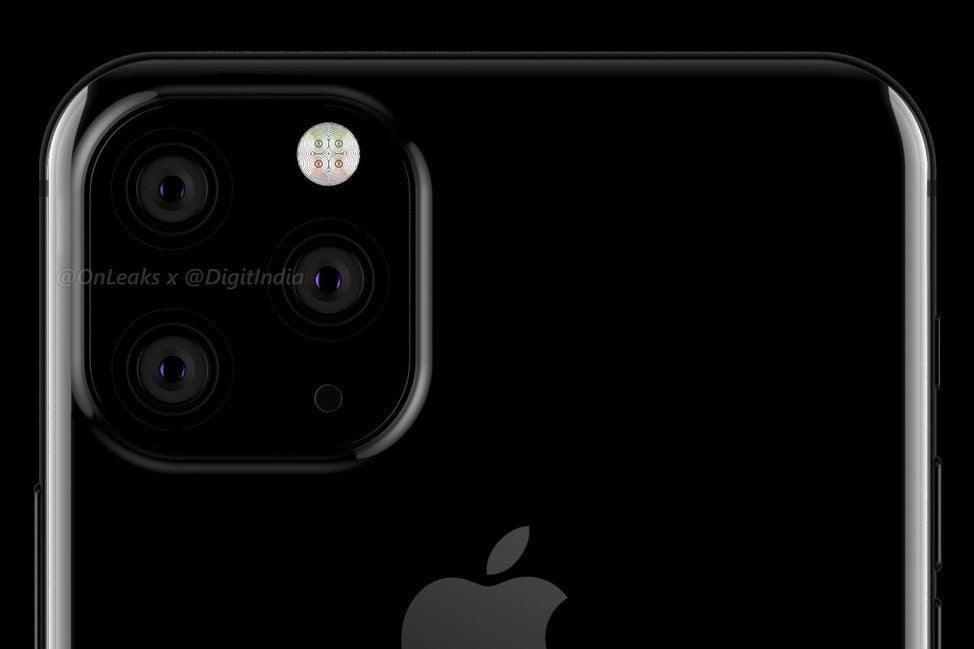The iPhone 11 may copy key Galaxy S10 feature, include faster USB-C charger

Alleged iPhone 11 prototype design
The iPhone 11 could copy the Galaxy S10's Wireless PowerShare
Last October, as some of you may know, Huawei introduced a new feature called Wireless Reverse Charging on the Mate 20 Pro. When activated owners of the smartphone can charge other QI-enabled devices by simply placing them together.

Samsung Galaxy S10+ charging Galaxy Buds
According to today’s report, the Cupertino giant is preparing its own reverse wireless charging feature. Details remain scarce, but owners of the iPhone 11 series should be able to charge their Apple Watches by placing them on top of the device. Similarly, it’s suggested that the recently-announced AirPods complete with the wireless charging case will also be compatible.
The overall idea seems to be that the iPhone’s battery is large enough to power other devices, although some would argue that this isn’t the case – even the large iPhone XS Max includes only a 3,174mAh cell.
Apple may include an 18W fast charger in the box
From the look of things, wireless charging is becoming increasingly important for Apple and, with the launch of AirPower rumored to be close, the company’s focus on the feature will only intensify.
Despite this, the majority of consumers will continue to charge the iPhone 11 lineup with the bundled slow charger and cable. According to today’s report, though, some changes are finally on the horizon.
For years, Apple has continued to ship its iPhone models with measly 5W chargers, but Mac Otakara now believes that the iPhone 11 series will switch this charging brick out for the 18W USB-C charger that currently ships with the iPad Pro models. However, don’t keep your hopes up for a USB-C port on the phone.
A few months back, it was reported that Apple was testing new iPhones with both USB-C and Lightning connectors. From the look of things, though, Apple has once again chosen the latter. Nevertheless, the included cable will now sport a USB-C port on one end and a Lightning connector on the other, rather than the USB-A to Lightning setup seen today.
What else can be expected from the iPhone 11 series?
According to previous rumors, the iPhone 11 series will debut with an upgraded display. Bezels look set to be ever so slightly smaller and the controversial notch is expected to see a reduction in size. As a result of Face ID, though, it’ll still be much larger than the alternatives found on competing smartphones.
Another expectation is the presence of three cameras on the rear. Rumors regarding this feature are a bit less consistent, but there do appear to be two design options at the moment.
The first, which is largely despised by our readers, involves an odd-looking square camera module in the top corner that sports two cameras on the left side and a third sensor paired with a microphone and quad-LED flash on the right.

Alleged iPhone 11 prototype design
The second, on the other hand, would result in a pretty drastic change for the iPhone’s design language. After years of placing the camera in the corner, Apple is reportedly toying with the idea of a horizontal camera setup placed in the center of the smartphone.
Both of these designs were reportedly under consideration at one point, but it’s unclear which one Apple chose. In an alternative scenario, the company may have scrapped both of these and opted for a totally different look.












Things that are NOT allowed: